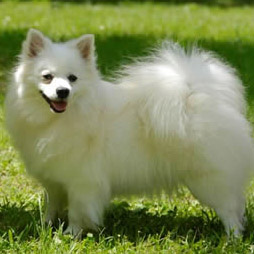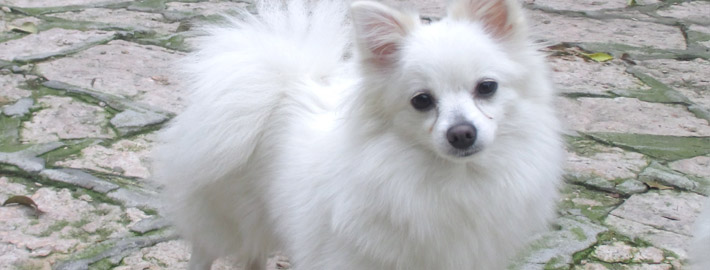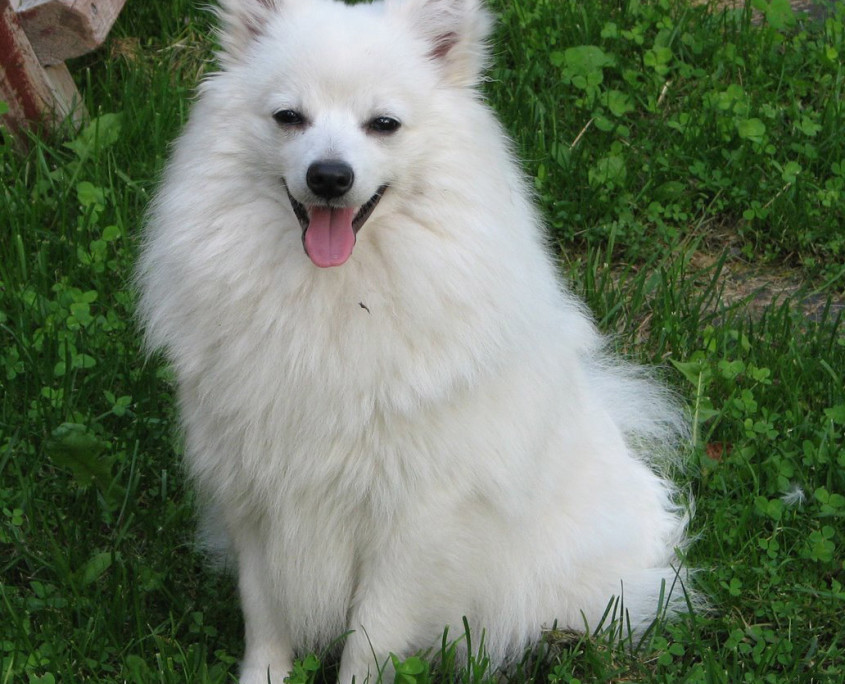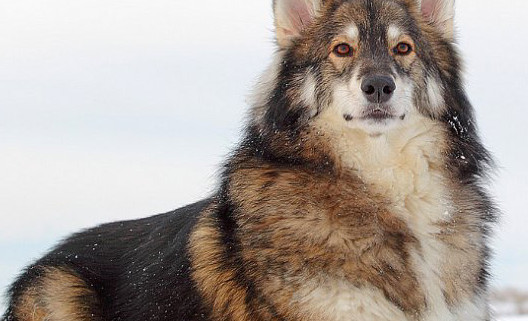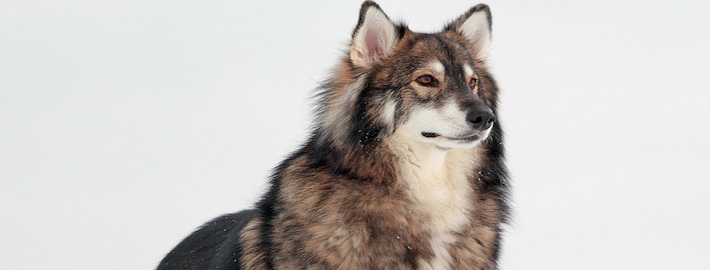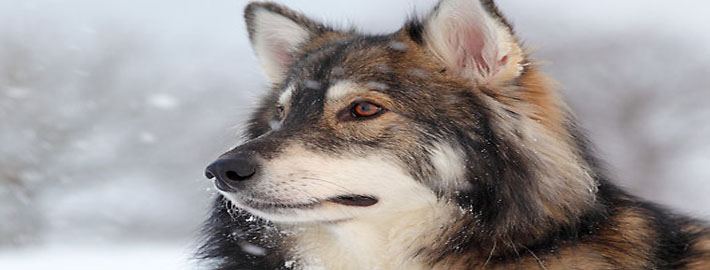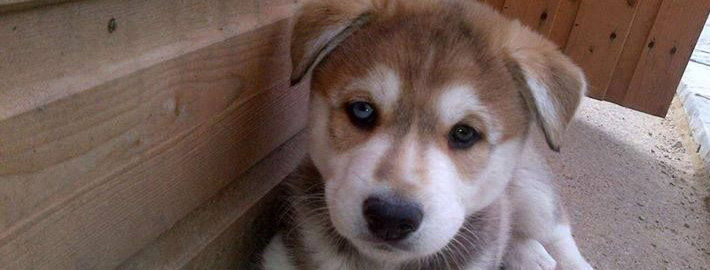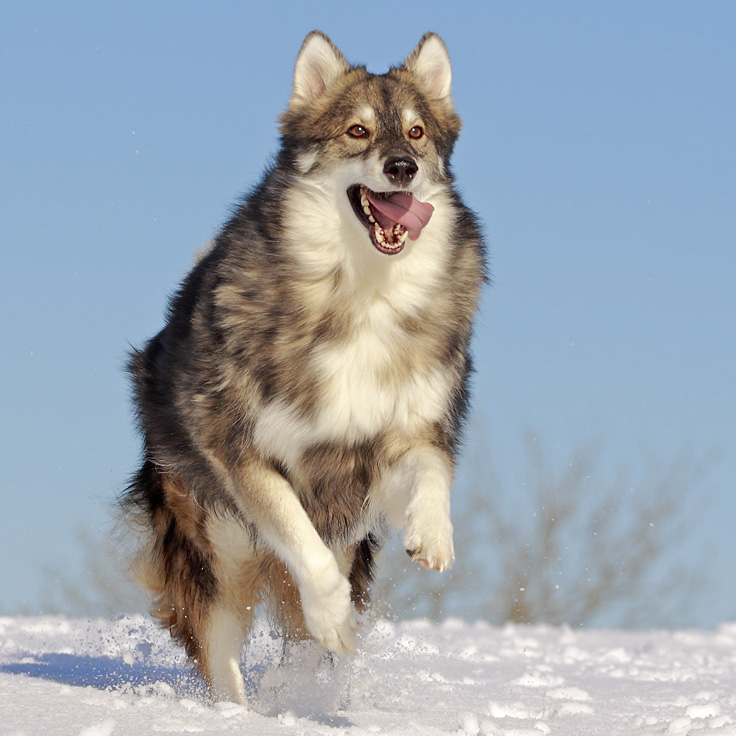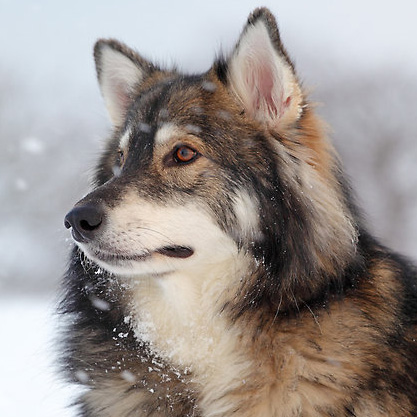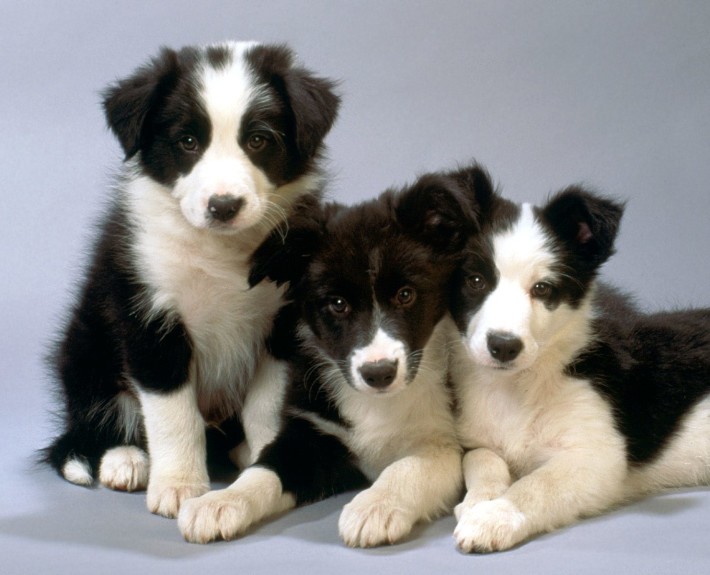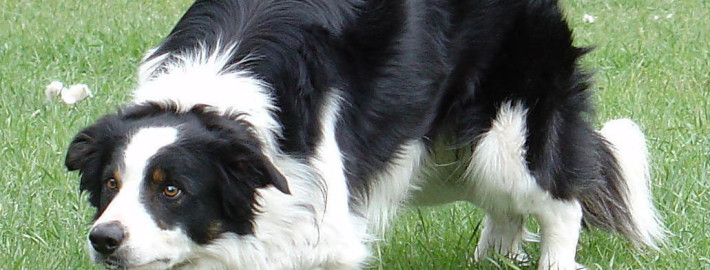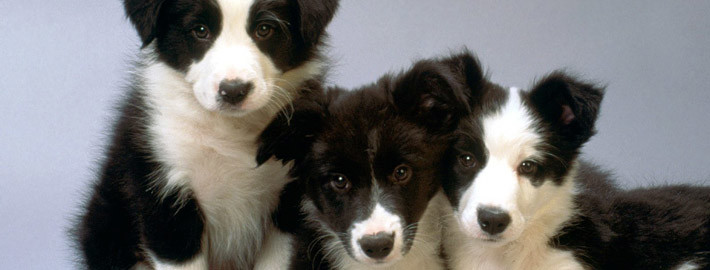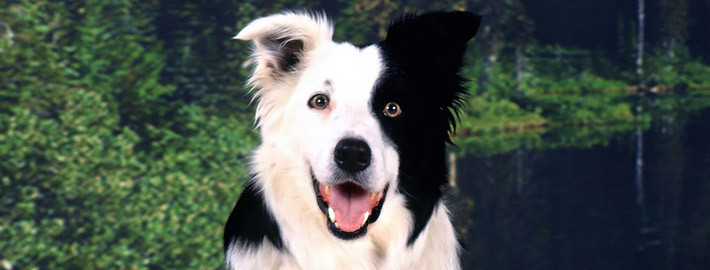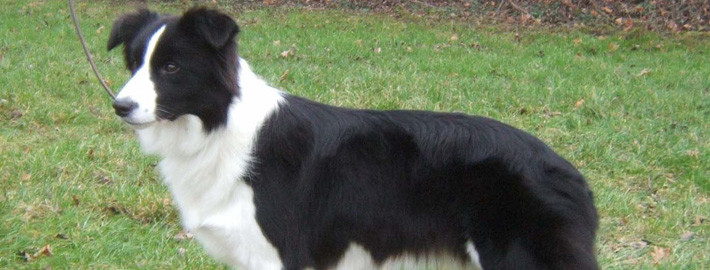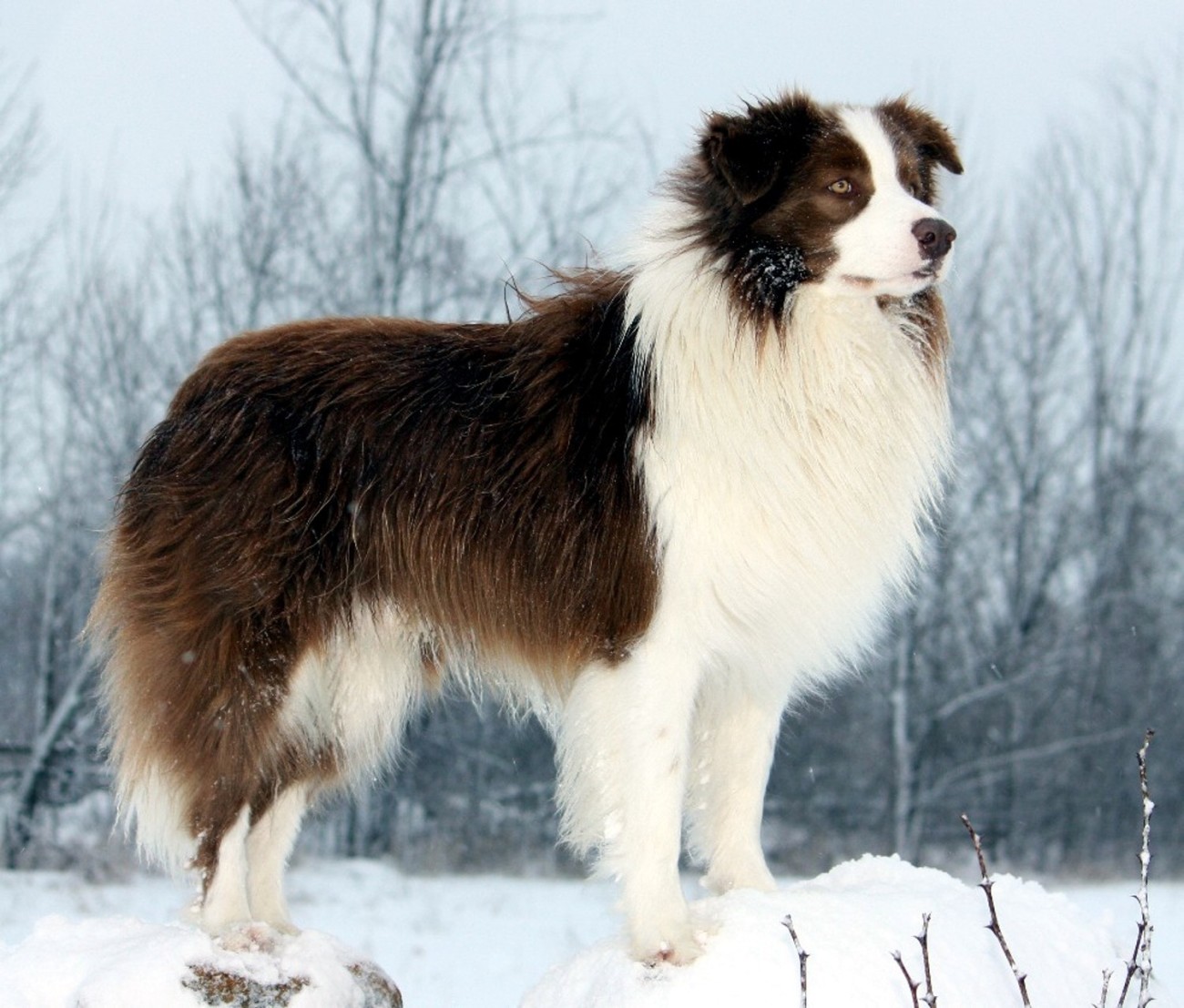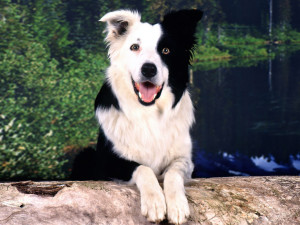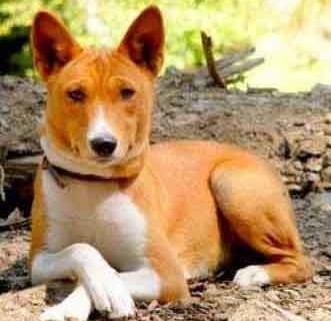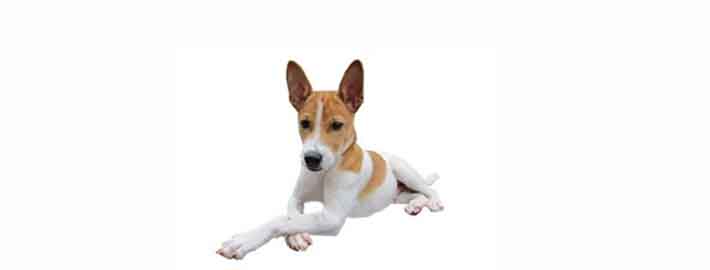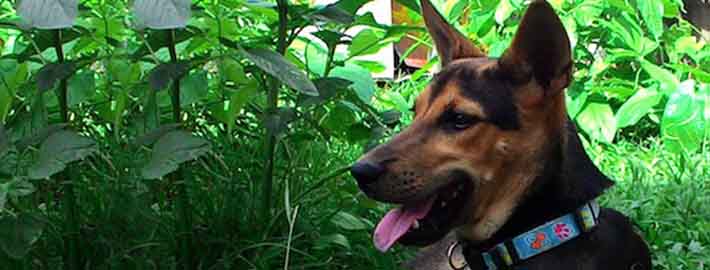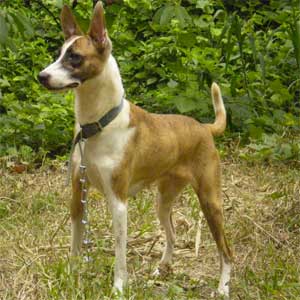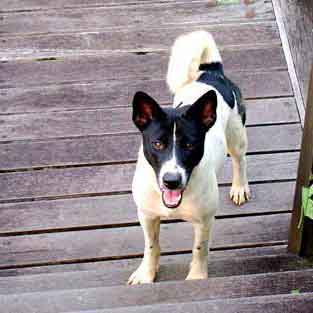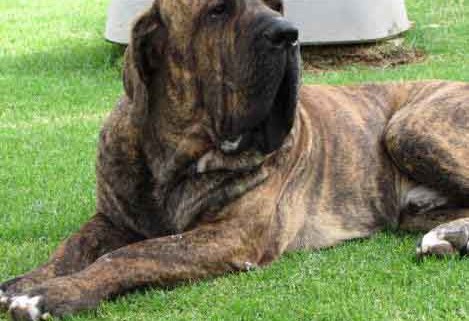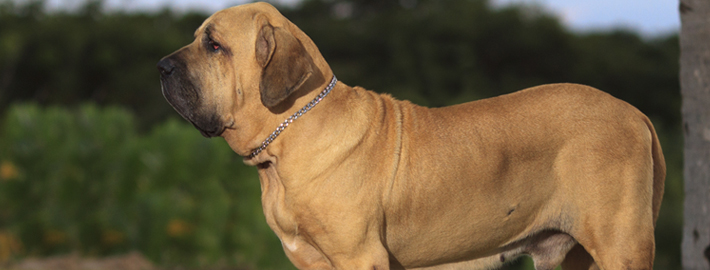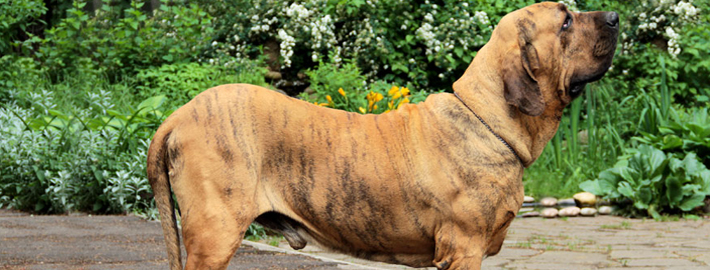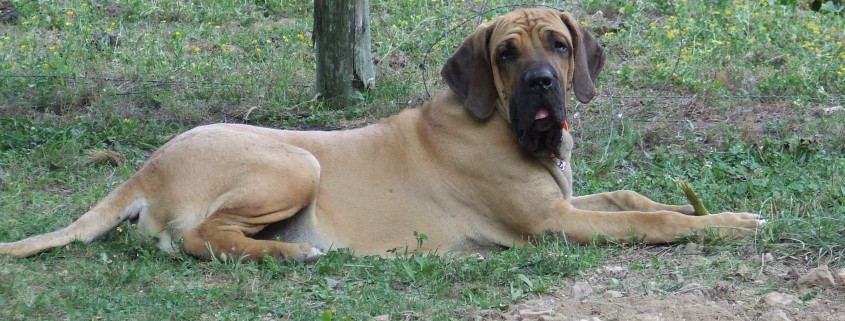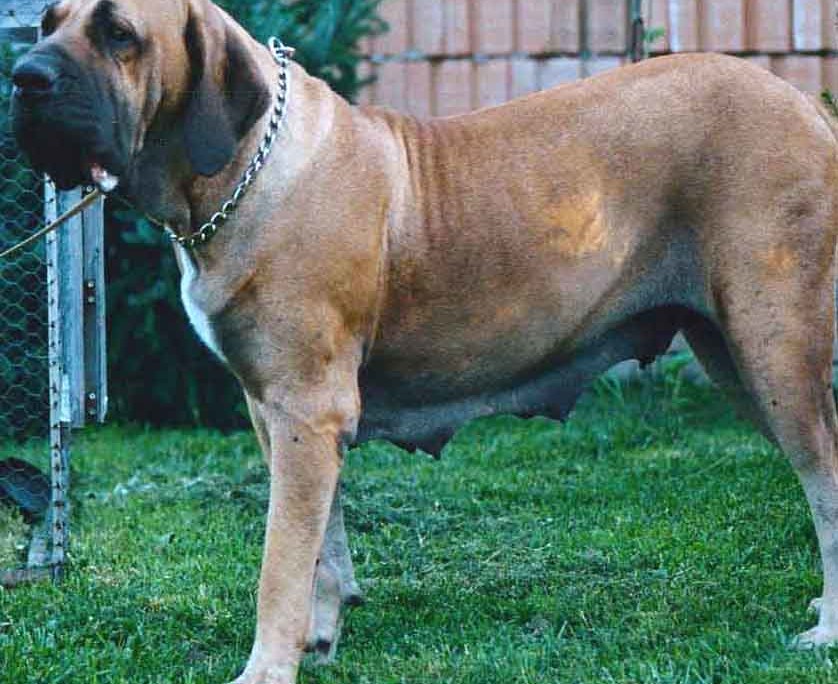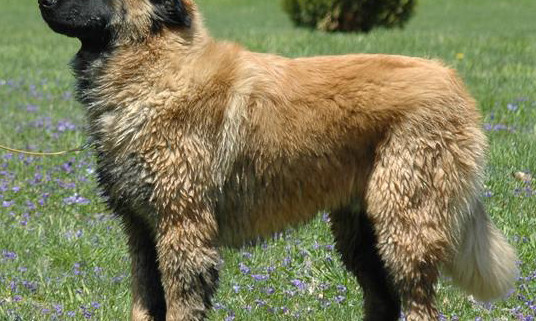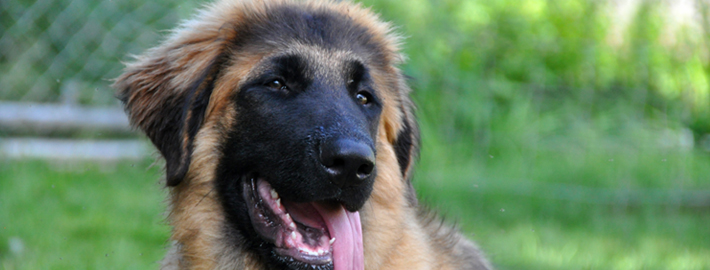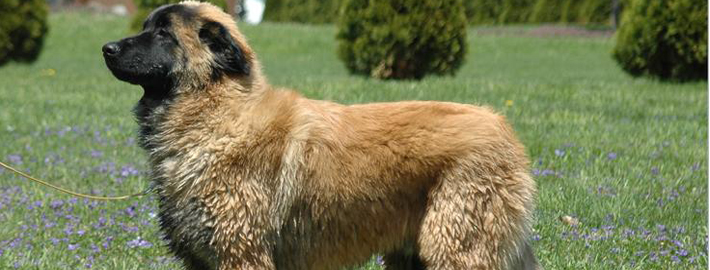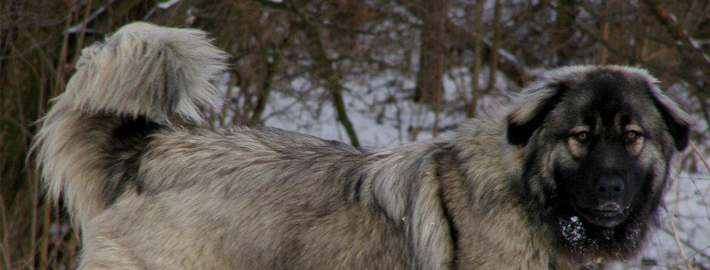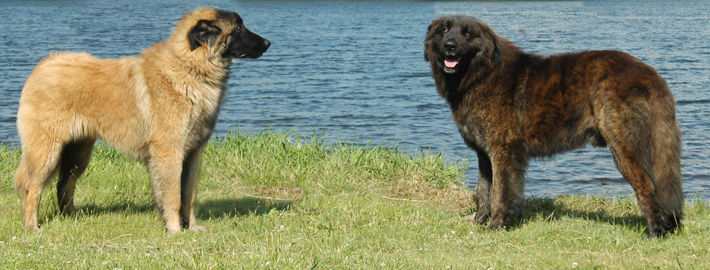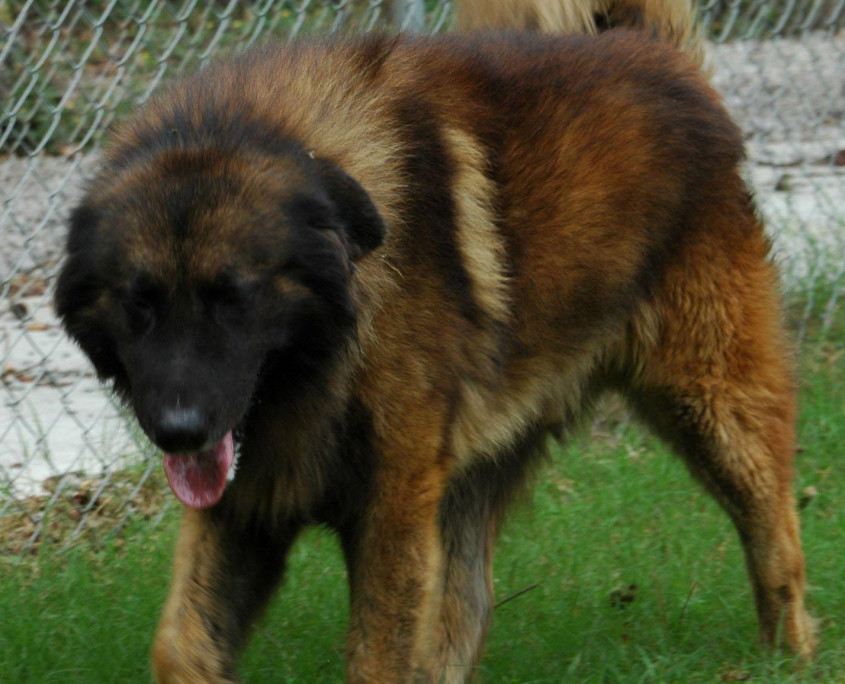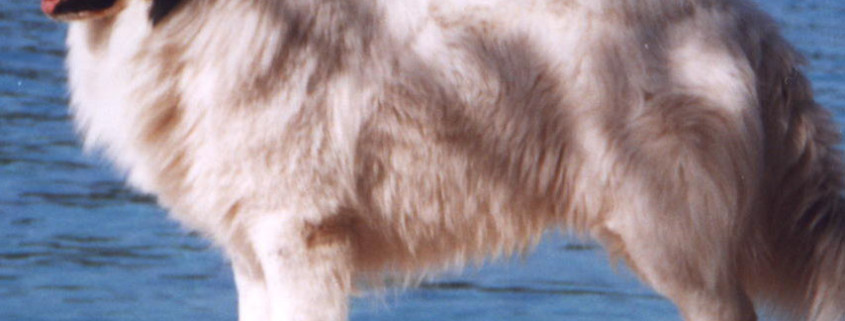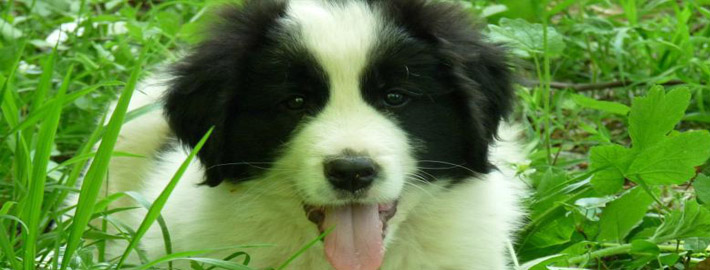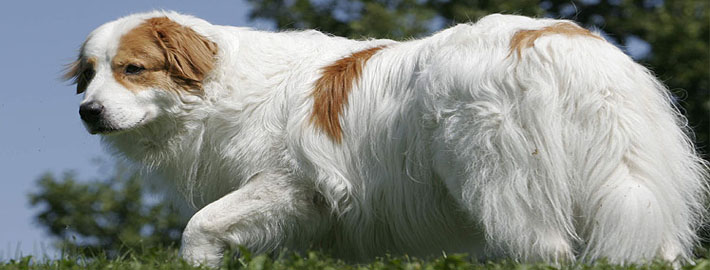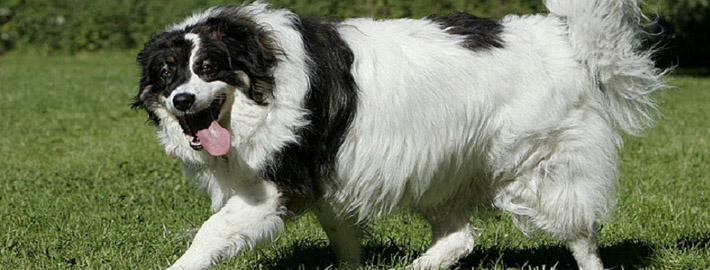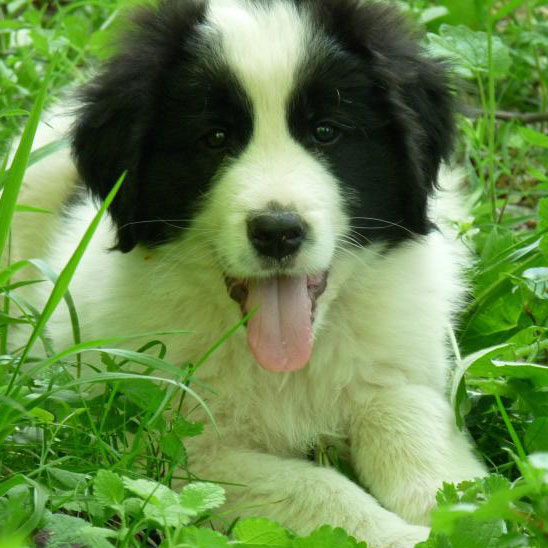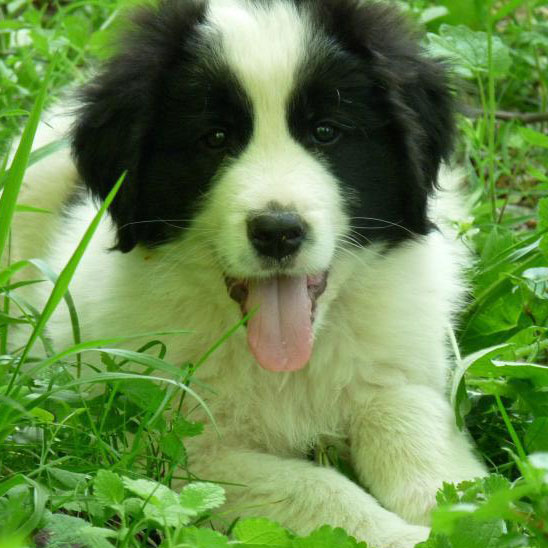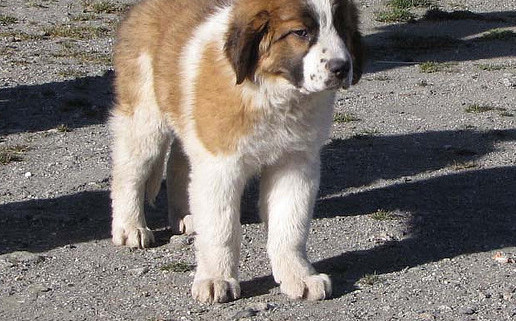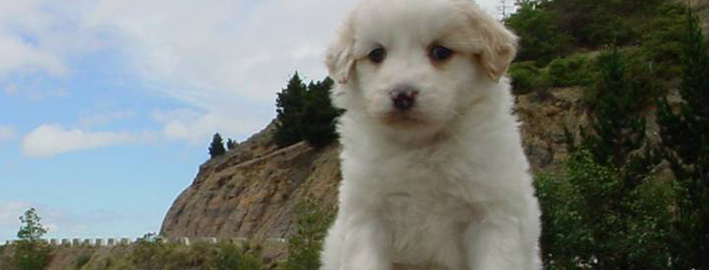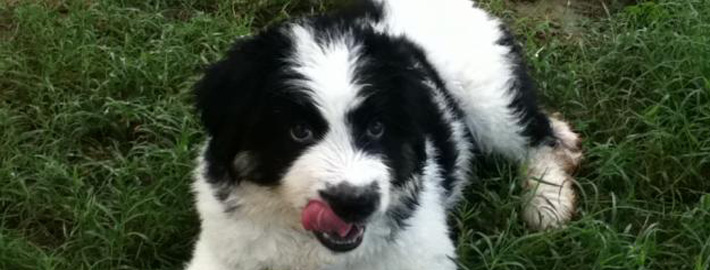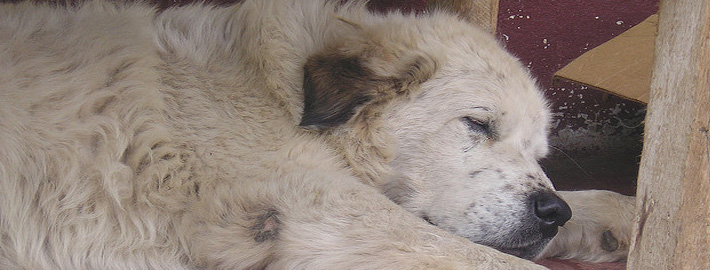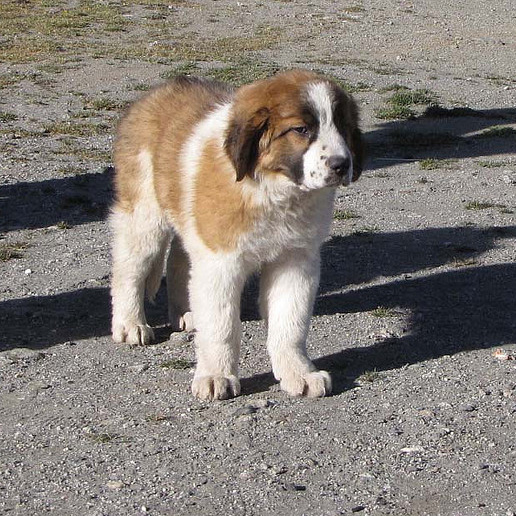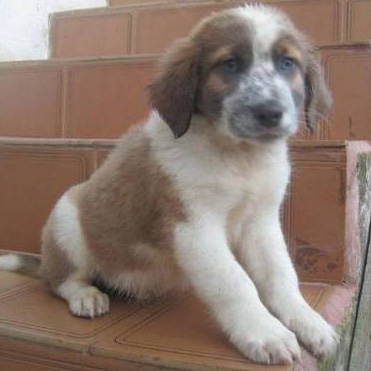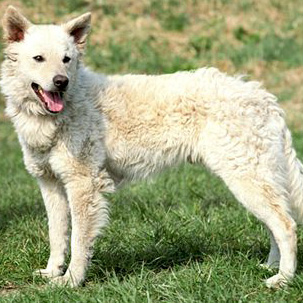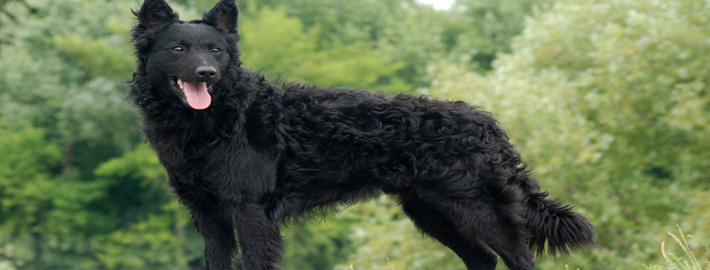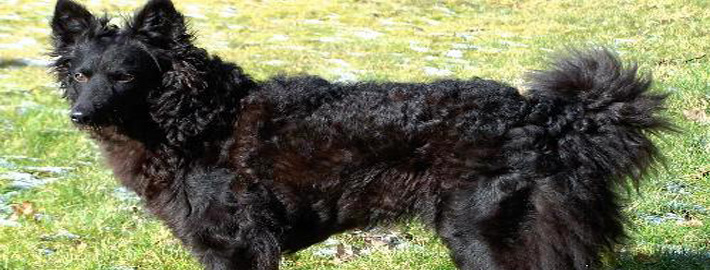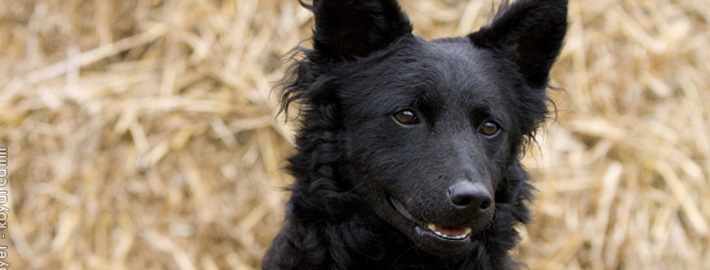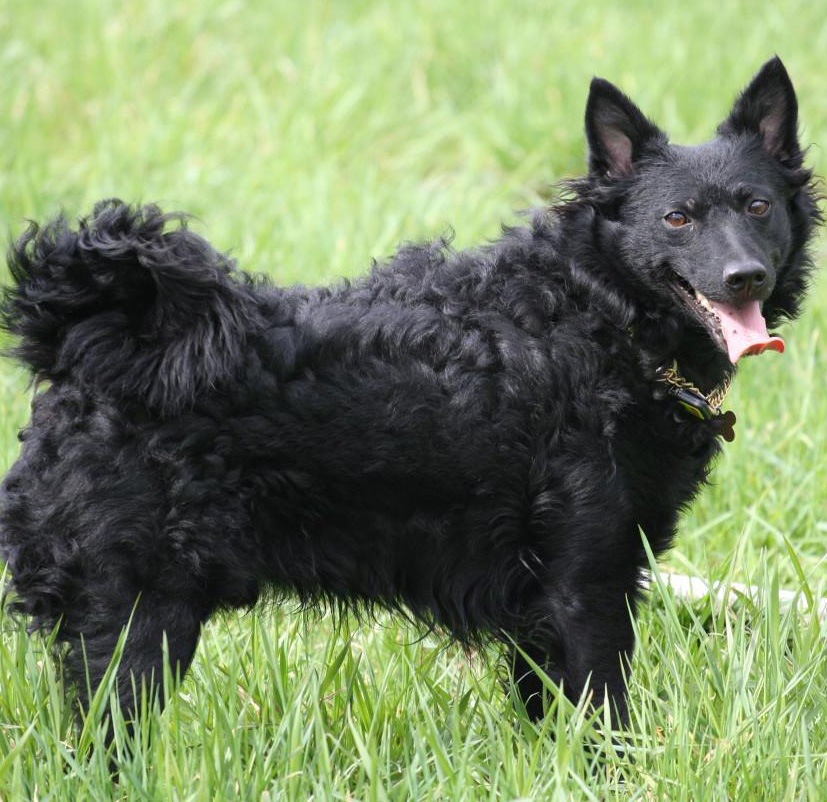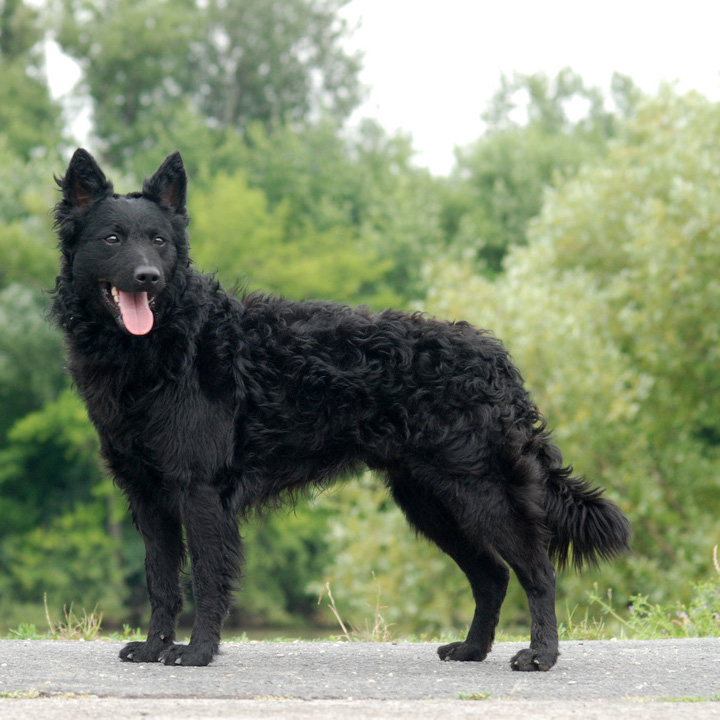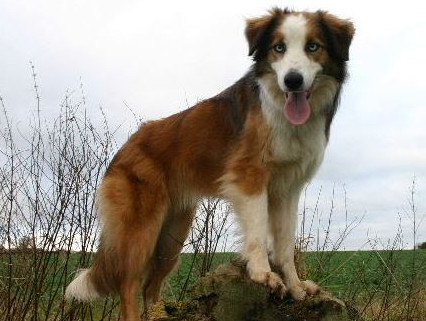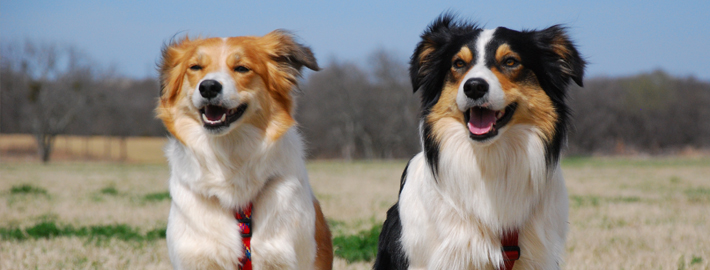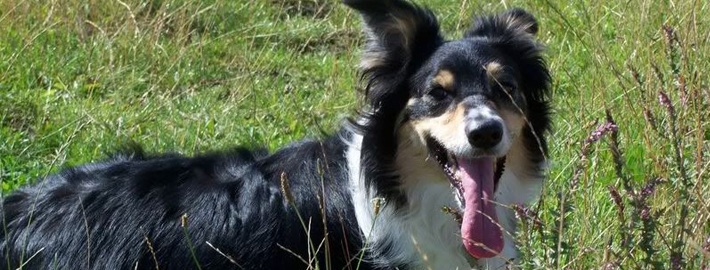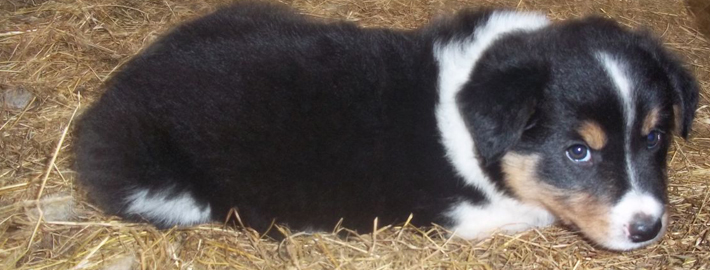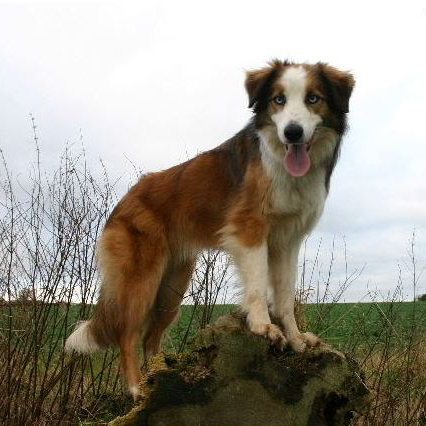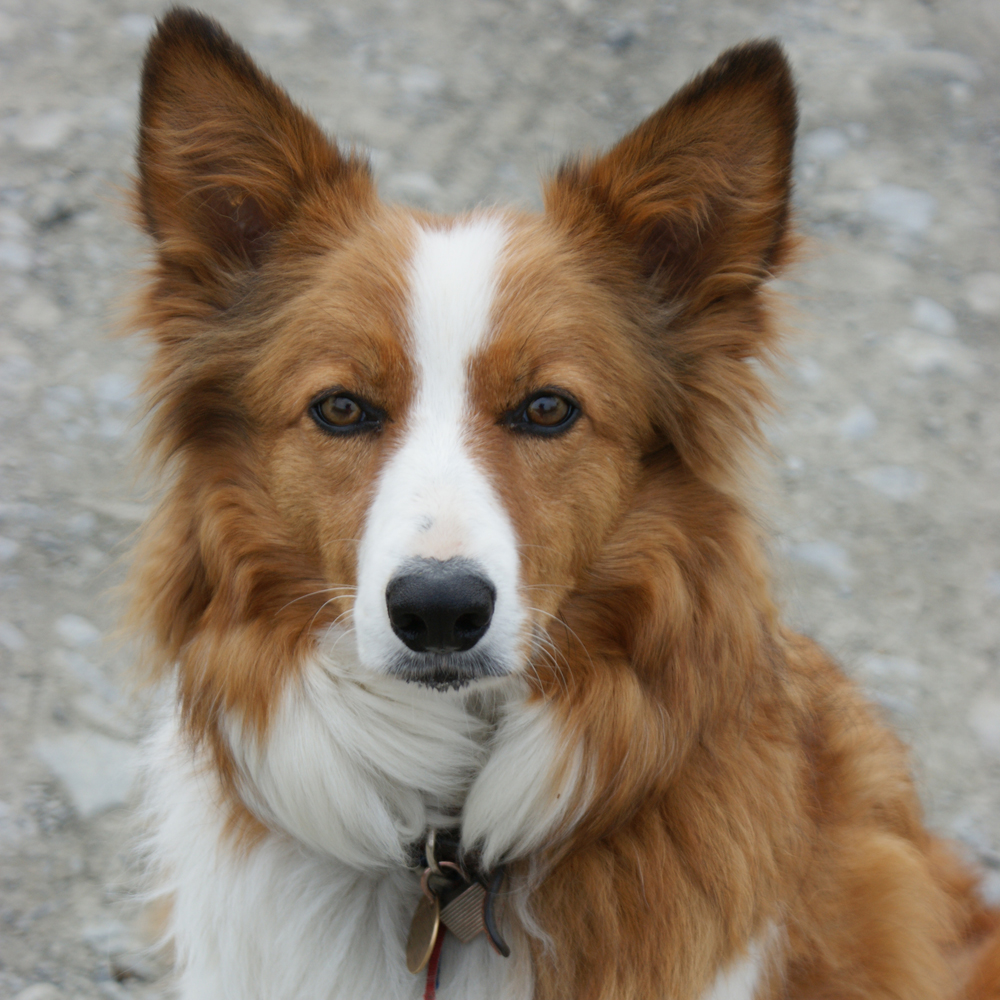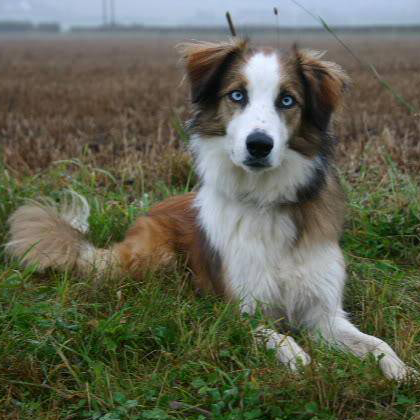Volpino Italiano
Volpino Italiano – The Little Fox
What makes the Volpino Italiano Unique?
Volpino Italiano is a small size spitz, very compact and square, with a long, stand off coat. The Volpino Italiano is an ancient and very old spitz type dog that originated in Italy several centuries ago.
Page Contents
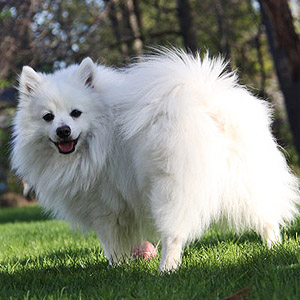
SnapShot
Is the Volpino Italiano Right For You?
Though protective, the Volpino is not especially clingy with family members. Intelligent, busy and curious, it has a lovable sense of independence. But it truly craves your attention and affection. Start the training and socialization early, and your Volpino will provide years of upbeat companionship.
In 5 Words
- Playful
- Lively
- Watchful
- Active
- Affectionate
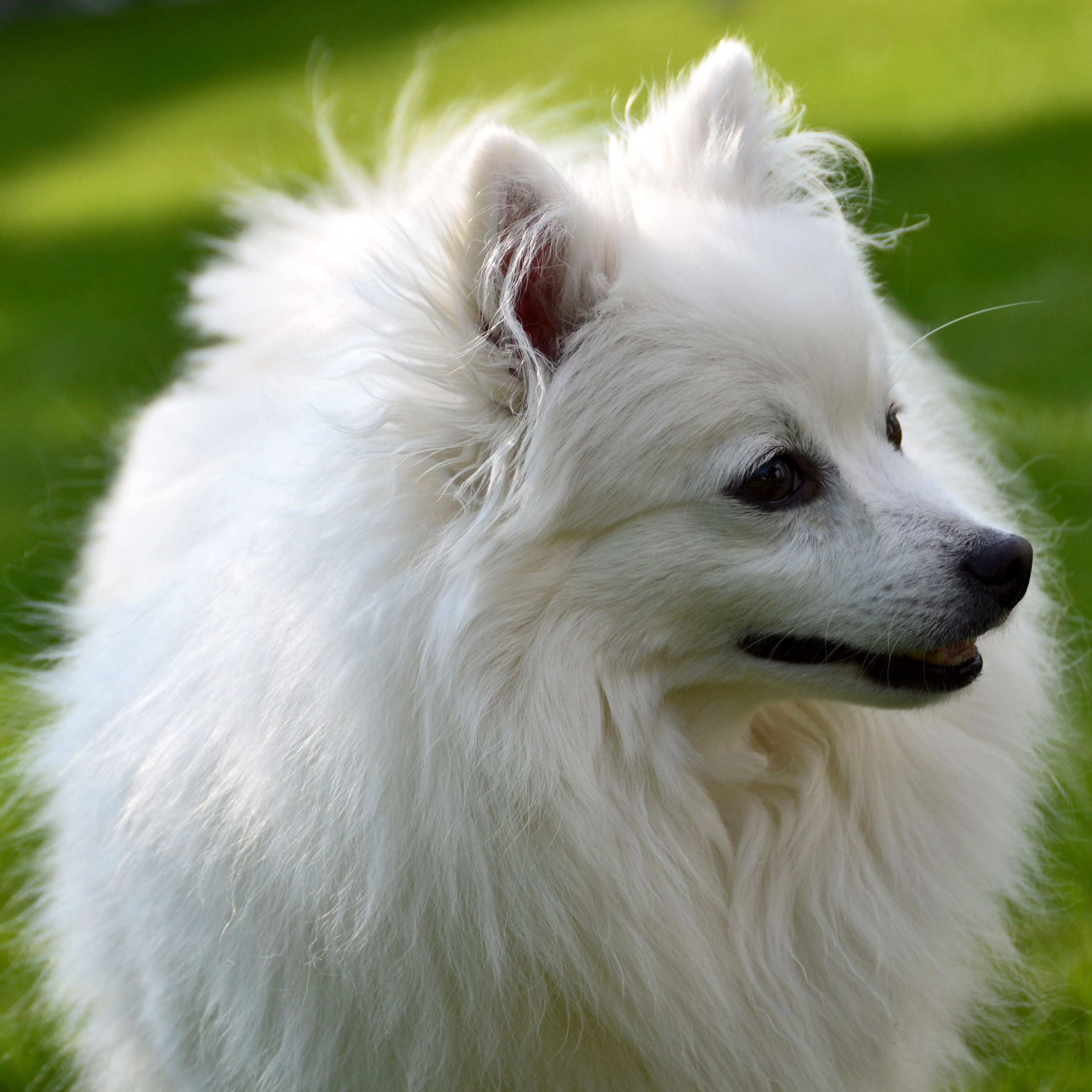
Characteristics
Learn About the Volpino Italiano
Description
General Description
Descended from ancient European Spitz dogs, the Volpino Italiano has been a favorite dog of both Italian royalty and common people due to its eye pleasing looks, lively and very affectionate temperament and guarding abilities. Yes! These little dogs were originally used as guard dogs. Their job was to alert the large mastiffs to an intruder. Over the time, with their even and loving nature, they became more popular as family pets but this breed retained its protecting and guarding skills till today. Despite its long history, the Volpino Italiano, which translates to ‘Italian Little Fox’, is rather unknown outside its native country and is becoming rare even in its country of origin. It is a small, squarely built dog with a slightly rounded wedge-shaped head and straight muzzle. The dog has small, pointed, fox-like ears and deep set, dark and very expressive eyes, holding alert and friendly expression. The body is covered in a rough but fluffy coat that comes in white, black, tan and red colours.
Size
The Volpino Italiano weighs about 9 to 12 pounds at an average height of 11 inches.
Coat
The coat is dense, very long, straight and stand off. It is harsh to touch with straight, stiff hair. The coat is shorter on muzzle, fine and smooth on ears.
Short History of the Volpino Italiano
Spitz-type dogs were found throughout the ancient world. Specimens from this group have been found preserved in European peat bogs which anthropologists trace to 4000 BC. The remains—with curly tails, foxy heads, and small erect ears—have been found dating back over 5,000 years. These little pets wore decorative ivory bracelets and collars. Engravings of similar dogs were found in Greece, and these have been determined to date to about 400 BC.
The Volpino has been known and loved by Italian royalty for centuries, being a special favorite of the ladies. Although bearing a strong resemblance to the Pomeranian, the breed is much older and thus has a different background. The northern dogs found their way south very early in the history of domesticated dogs. The Keeshond is called a Lupino or a Volpino in Italian, meaning respectively wolfy and foxy (dog is understood). Despite his long history, the Volpino is unknown outside of Italy and is now quite rare even in his homeland.
Temperament
The Volpino makes a good watchdog, and some can even be used as gun-dogs (bird dogs) if trained properly. They will make extremely active, affectionate pets.
Caring for Your Volpino Italiano
General Health
The basic well being and health of the Volpino Italiano breed is far better than with most dogs. However they are not immune to genetic and other diseases.
At this point in time (Mid 2013) The greatest threat facing this race is the genetic mutation of the eye lens called Primary Lens Luxation (PLL). This is an extremely painful disease that manifests itself when the Zonal cords holding the lens in place ‘weakens’ and breaks’ at a genetically pre determined time (usually about 4 to 8 years old. Once the Zonal cords breaks the lens begins to move in to the interior of the eye increasing the pressure in the eye and causing the animal great pain. Because of the expense in removing the lens or the eyes the animal is usually euthanized.
Care
The long and dense coat of this breed will need regular brushing to keep it in tiptop condition and maintain its beautiful appearance.
The Volpino Italiano is pleasingly independent in nature but with its intelligence and human oriented nature, it is generally easy to train. Harsh training methods will not suit this breed and it should be trained in a firm yet gentle manner.
Grooming & Bathing
Because of the long and bushy coat, this dog breed requires weekly coat brushing and regular bathing.
Exercise & Training
The Volpino Italiano requires a small amount of daily exercise.

